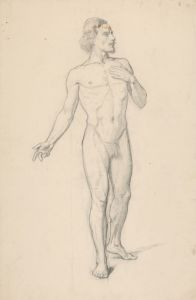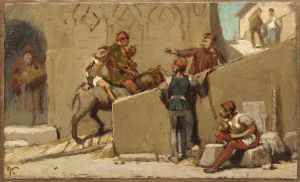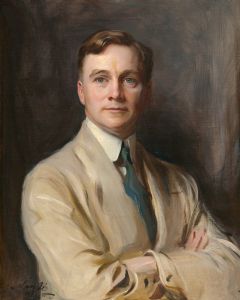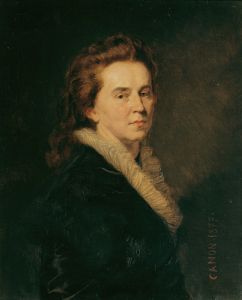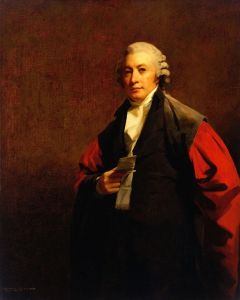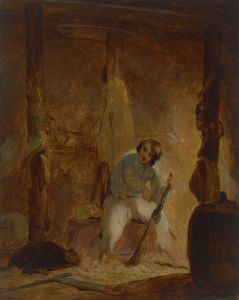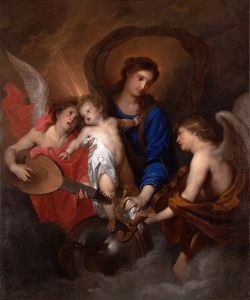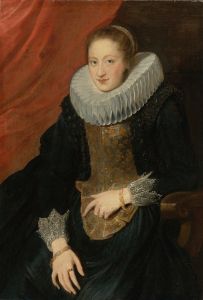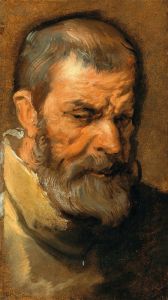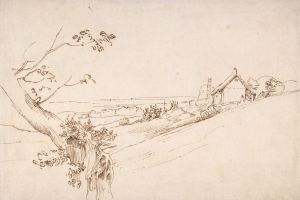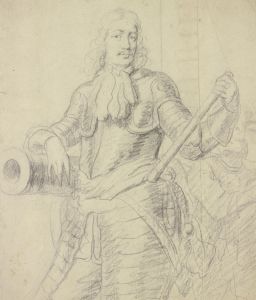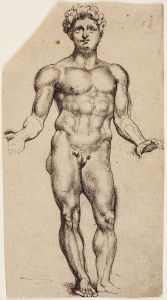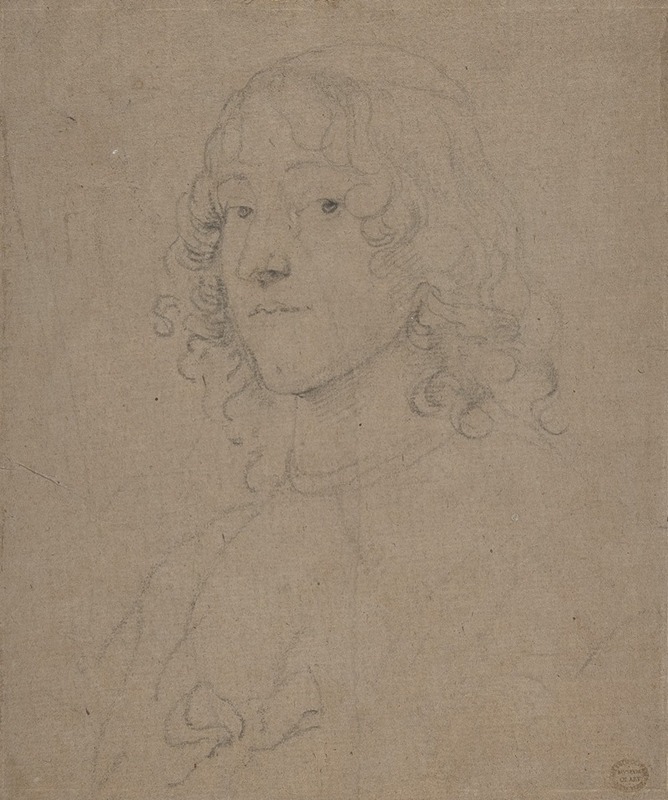
Portrait Study
A hand-painted replica of Anthony van Dyck’s masterpiece Portrait Study, meticulously crafted by professional artists to capture the true essence of the original. Each piece is created with museum-quality canvas and rare mineral pigments, carefully painted by experienced artists with delicate brushstrokes and rich, layered colors to perfectly recreate the texture of the original artwork. Unlike machine-printed reproductions, this hand-painted version brings the painting to life, infused with the artist’s emotions and skill in every stroke. Whether for personal collection or home decoration, it instantly elevates the artistic atmosphere of any space.
Anthony van Dyck was a prominent Flemish Baroque artist known for his portraits, which were characterized by their elegance and the insightful depiction of his subjects. Van Dyck's work had a significant influence on portrait painting in England and across Europe. One of his notable works is "Portrait Study," which exemplifies his skill in capturing the essence and personality of his sitters.
"Portrait Study" by Anthony van Dyck is a testament to his mastery in the art of portraiture. Although specific details about this particular work are limited, it is consistent with Van Dyck's style, which often involved a keen observation of human expression and a sophisticated use of color and composition. Van Dyck was a student of Peter Paul Rubens, and his early work was heavily influenced by Rubens' dynamic compositions and vibrant palette. However, Van Dyck developed his own distinctive style, marked by a more refined and graceful approach.
Van Dyck's portraits are renowned for their ability to convey the nobility and status of his subjects, often members of the aristocracy or royalty. His ability to depict the textures of fabrics and the subtleties of skin tones contributed to the lifelike quality of his paintings. In "Portrait Study," as with many of his works, Van Dyck likely employed a combination of oil paints and a meticulous layering technique to achieve depth and realism.
Throughout his career, Van Dyck traveled extensively, working in Italy, the Southern Netherlands, and England. His time in Italy exposed him to the works of the Italian masters, which influenced his use of color and composition. In England, Van Dyck became the leading court painter to King Charles I, and his portraits of the king and his court are among his most celebrated works. These portraits not only served as personal likenesses but also as instruments of political power and propaganda, emphasizing the divine right and authority of the monarchy.
Van Dyck's influence extended beyond his lifetime, impacting the development of portrait painting in England and Europe. His approach to portraiture, characterized by its elegance and psychological depth, set a standard for future generations of artists. His works are housed in major museums and collections worldwide, where they continue to be studied and admired for their artistic and historical significance.
While specific information about "Portrait Study" is scarce, it remains an important part of Van Dyck's oeuvre, reflecting his contributions to the art of portraiture and his enduring legacy in the history of art.





